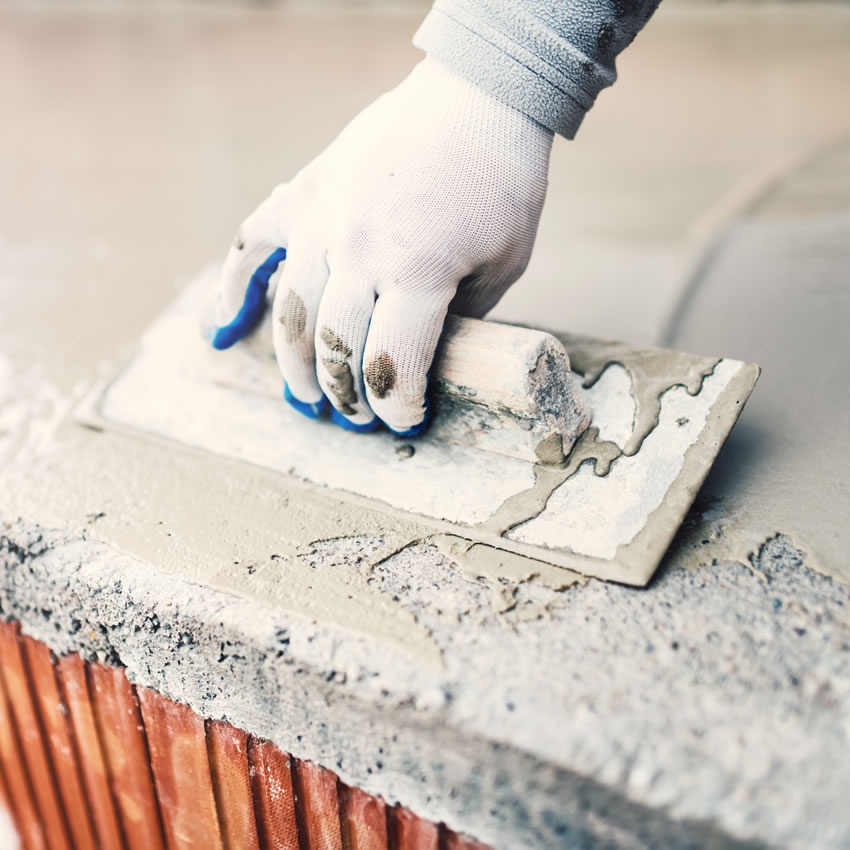Waterproofing
Waterproofing is essential for maintaining the integrity, durability, and longevity of concrete structures, as water infiltration can lead to a range of problems, including cracking, corrosion of reinforcing steel, mold growth, and structural deterioration.

Here are some key aspects of waterproofing concrete structures:
Types of Waterproofing Systems
- Integral Waterproofing
In this method, waterproofing agents or admixtures are added to the concrete mix during the construction phase. These agents reduce water permeability and increase the concrete's resistance to moisture. Integral waterproofing is commonly used for basement walls, swimming pools, and below-grade structures. - Surface Waterproofing
Surface waterproofing involves applying waterproof coatings, paints, or membranes directly onto the exterior surface of the concrete. These coatings create a barrier that prevents water from entering the concrete. Membranes can be made of various materials, such as bitumen, PVC, EPDM, or liquid-applied polymers. - Injection Waterproofing
This method is used to repair existing cracks and leaks by injecting waterproofing materials, such as polyurethane or epoxy, into cracks or voids within the concrete. It is particularly effective for sealing actively leaking cracks. - Cementitious Waterproofing
A cement-based waterproofing material is applied as a coating to the concrete surface. This material typically consists of cement, sand, and proprietary additives. It forms a waterproof barrier when properly applied.
Waterproofing Application
The application of waterproofing materials varies depending on the chosen waterproofing system. Surface waterproofing and cementitious waterproofing are typically applied to the exterior surface of the concrete, while integral waterproofing is mixed into the concrete during construction. Injection waterproofing is applied directly into cracks or voids within the concrete.
Importance of Proper Surface Preparation
Regardless of the waterproofing method chosen, proper surface preparation is critical. This includes cleaning the surface, removing any loose material or contaminants, and ensuring that the surface is smooth and free of cracks. Proper surface preparation ensures good adhesion and the effectiveness of the waterproofing system.
Maintenance
Waterproofing systems require regular maintenance to remain effective. Periodic inspections and repairs are essential to address any damage, wear and tear, or deterioration of the waterproofing materials. Neglecting maintenance can lead to water infiltration and costly structural problems.
Benefits of Waterproofing
- Prevents Water Damage
Waterproofing protects concrete structures from water-related damage, such as cracking, corrosion, and mold growth. - Increases Longevity
Properly waterproofed structures tend to have longer service lives, reducing the need for extensive repairs or replacements. - Enhances Structural Integrity
Waterproofing can help maintain the structural integrity of concrete by preventing water-induced deterioration. - Improves Indoor Comfort
In buildings, waterproofing can create a more comfortable and healthy indoor environment by preventing water seepage and dampness.
Waterproofing concrete structures is a crucial step in ensuring their long-term performance and minimizing maintenance costs. The choice of waterproofing system should be based on the specific requirements, environmental conditions, and the type of structure being waterproofed.


